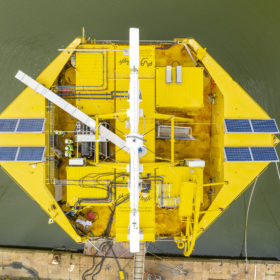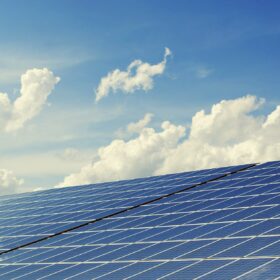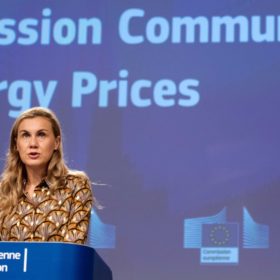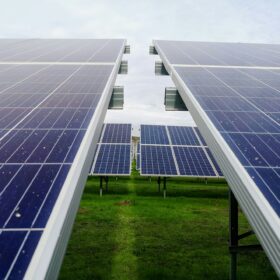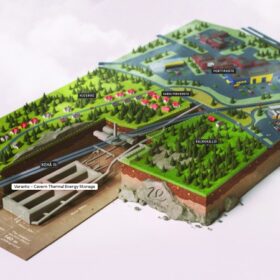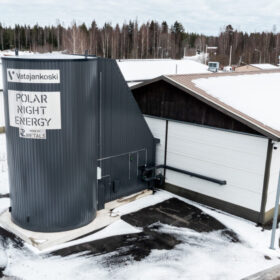Photovoltaics for cold climate data centers
A Japanese-Finnish research group has assessed the levelized cost of energy of solar power plants supplying electricity to data centers in cold climates and has found that PV electricity could be considerably cheaper than grid electricity, even if used with battery storage.
The Hydrogen Stream: ERM starts trials for electrolysis, desalination, transport
ERM says it has launched offshore trials to test its Dolphyn Hydrogen process, while Southern California Gas (SoCalGas) and Evoloh have completed a joint research project on electrolyzer manufacturing process and anion exchange membrane (AEM) electrolyzer tech.
The Hydrogen Stream: Russian researchers propose hydrogen extraction from gas wells
While a team of Russian researchers proposed a novel approach to produce hydrogen directly in gas wells, Plug Power and CPH2 secure certification for the hydrogen systems.
The Hydrogen Stream: PV-wind hybrids cut LCOH by 70%
Portuguese and Italian researchers have shown that the levelized cost of hydrogen (LCOH) is lower onshore and that PV-wind configurations reduce the LCOH up to 70%, while Lhyfe says it has started collaborating on a hydrogen storage project.
Alight secures grid connection for 100 MW solar park in Finland
Swedish solar developer Alight has obtained a grid connection for its 100 MW solar project in Eurajoki, western Finland. Construction is expected to start later this year.
Alight to install 90 MW of solar in Finland
Swedish developer Alight plans to build a 90 MW solar park in southwestern Finland. The company says the announcement is a big step toward developing 1.5 GW of PV projects in the country by the end of this year.
The Hydrogen Stream: Europe launches pilot to improve market transparency
The European Commission says it has started working on a new pilot mechanism, and Italy has agreed to expand collaboration with Austria and Germany, while also supporting cooperation between Italian companies and Finland’s Wärtsilä.
Finland to construct seven solar plants totalling 213 MW
Solar projects across Finland have been given the green light after grant agreements were signed with the European Climate, Infrastructure and Environment Executive Agency. A total €27.5 million ($29.8 million) is being invested across the projects through the EU renewable energy financing mechanism.
Finland to host 90 GWh thermal energy storage system
Vantaa Energy plans to construct a 90 GWh thermal energy storage facility in underground caverns in Vantaa, near Helsinki. It says it will be the world’s largest seasonal energy storage site by all standards upon completion in 2028.
Polar Night Energy secures €7.6 million to scale-up sand battery technology
The Finnish startup says the funding will go towards several key purposes, including growing its sales and R&D teams and advancing capabilities in converting stored heat back to electricity.



